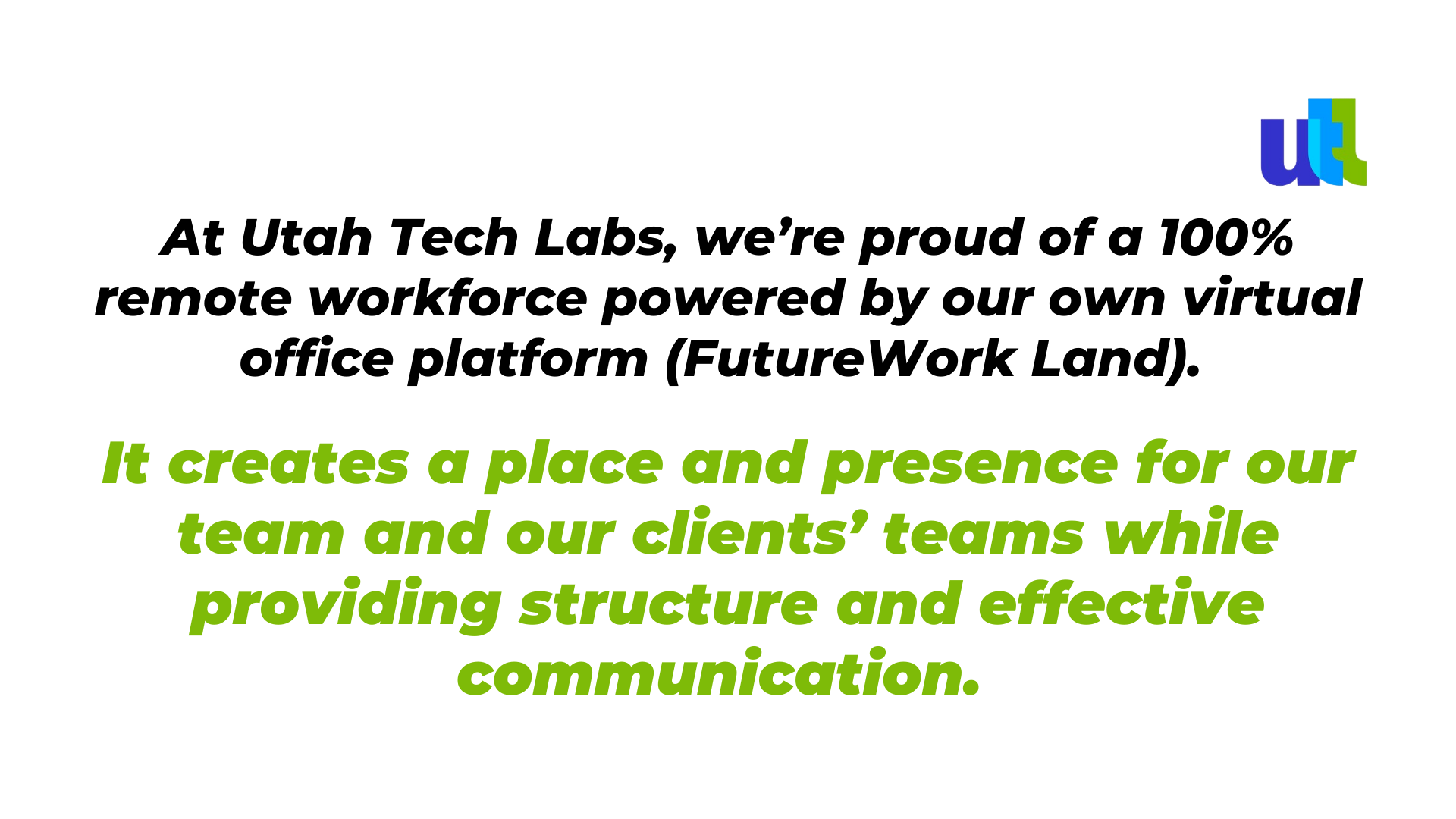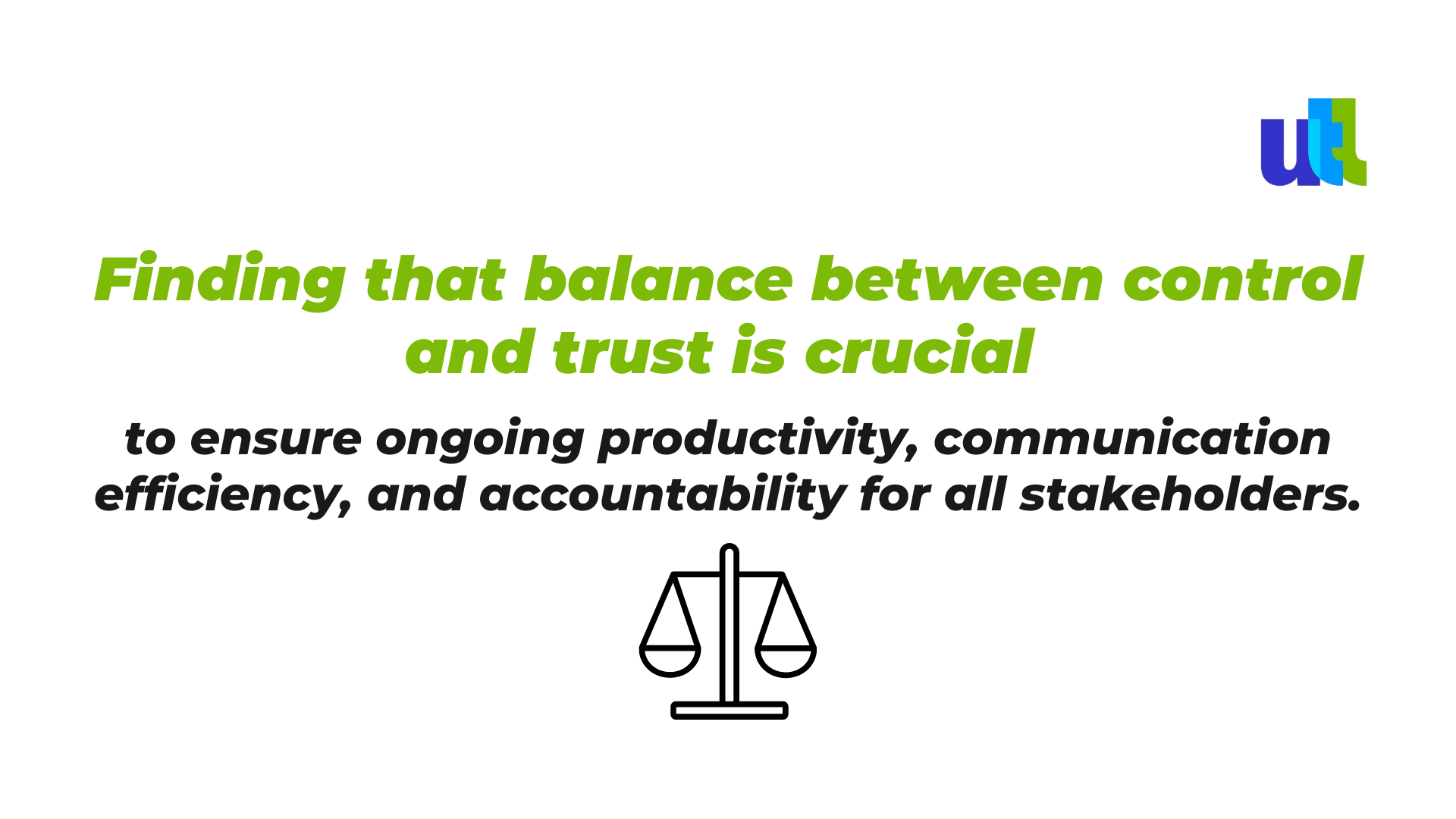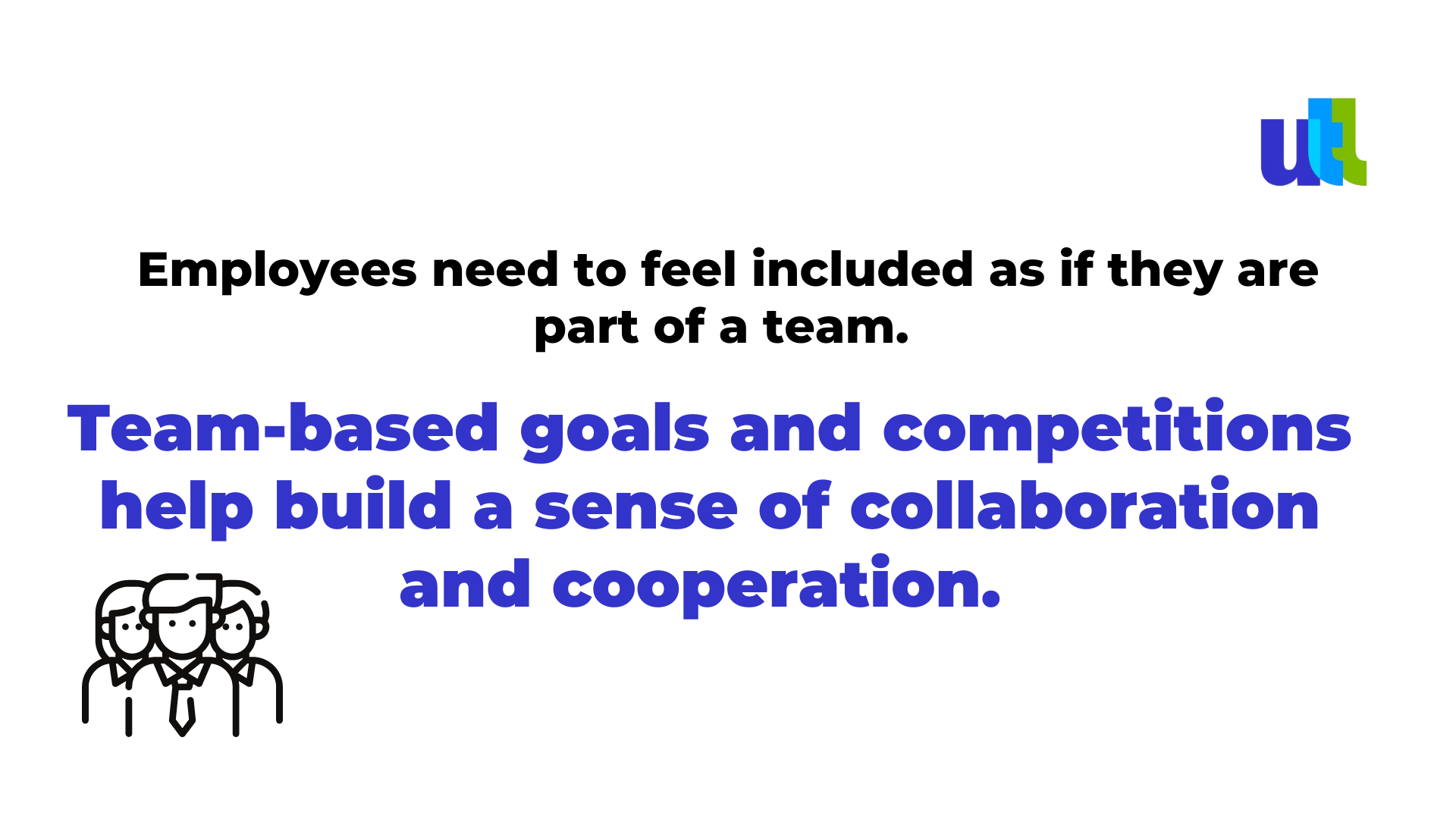When managers and company leaders prioritize employee engagement and teamwork, regardless of an employee’s location, the organization thrives.
As technology continues to advance, many companies are providing remote working opportunities for their employees. But working far away from the rest of the team can be a challenge, especially for those who are strongly used to more traditional settings. Learning more about how you and your company can improve your efficiency while working remotely can help you build trust and increase efficiency.
Welcome to the Metaverse of Work
The central premise of remote or hybrid work is powerful and well-known.
In a nutshell, it is radical flexibility for working from various locations while remaining productive.
But before this new world can fully enable us to do our best work from anywhere – we must first address a key challenge.
Hybrid and remote workers often shuttle between the kitchen table, living room, office, cafés, co-working spaces, and more.
While the flexibility is great, working this way makes it impossible to own any one space, complete tasks without getting distracted, and communicate with other team members effectively.
The consequence? Often it is lost time, energy, and productivity.
With many employees wanting to continue remote work after the pandemic, and commercial real estate pricing on the rise, how do you find the right balance to manage the needs of all stakeholders without compromising on the bottom line?
Here are some tips.
Making Remote Working work for you
1. Invest in the right technologies
In 2020, remote work happened suddenly and all at once. The majority of companies started to use a mix of applications and software to fill gaps and add on functionality. Over time this led to productivity leaks and aid management oversight.
The result?
Employees had to download multiple apps and switch between them multiple times during their working day. This resulted in overloading their bandwidth, slowing down operating systems, and creating confusion where hardly team members knew how to find each other at any given time.
For most companies, the initial plan was instead replaced by missed meeting invitations, frustrating conversations, unstable connections, and long delays.
Nowadays, in 2023, most company leaders have understood the importance of investing in the right technology for effective remote work. It is time for using one digital office solution for any business-related task and being more productive than ever, concentrating 100% of your attention on the current company goals and not software and/or connectivity problems.

2. Setting Daily Schedules
Setting clear daily schedules allows you to establish a routine and lets your coworkers know when they can contact you and each other. Consider keeping regular hours and clocking in and out of work around similar times. This practice also helps you set boundaries and improve your work-life balance.
We also advise considering everyone’s time zone when setting meeting times or sending emails. For instance, if you want to send a message and schedule an urgent meeting at noon in your time to a person who is already clocked out for the evening, acknowledge that you don’t expect a response until the next workday.
3. Build Trust with Your Team
One of the biggest issues for management in remote teams is the lack of control over employees’ actions, especially when they need to regularly report to the business owners.
But remote work actually relies on a great deal of trust.
Micromanaging through making constant calls and scheduling remote meetings disrupts employee productivity, fosters resentment against the company, and destroys healthy corporate cultures.
The virtual office environment (FutureWork Land) offers a greater thing: a balance where employees are “present” during work hours, and it can be easily checked and seen without the need for interruptions that disrupt workflow.

4. Be clear and consistent when it comes to corporate goals
Reaching a mutual understanding is the key.
Setting clear guidelines from the start allows employees to understand the company’s goals and expectations associated with the remote work environment. Not all workplaces carry the same systems of values and beliefs - the same applies to the remote equivalent.
Working hours, productivity tracking, personal and team performance measuring, being present and accessible, training, leadership, mentorship, and other aspects need to be clearly stated and consistently reminded, while the management is the leading example.
Managing any team of remote workers comes with challenges – but following these best practices will help create a more stable and successful environment.
5. Gamify your teamwork
Gamification, or game-playing elements inside nongame environments, has become a popular tactic for companies to encourage customer loyalty and engagement in a fun way. The same tactics can be an effective employee engagement strategy.

Furthermore, game-based performance management systems can help standardize performance metrics and evaluation criteria, which is especially important for remote employees who are not physically present in the office.
Including gamification elements becomes easy with all-in-one digital office solutions (like FutureWork Land) – they already have such features inside.
Conclusions
Remote working is becoming the new normal, while Metaverse for work is proving itself to be the best solution base for remote and hybrid teams.
The pitfalls of remote work cause extra pressure on management to effectively provide structure, and ensure a healthy, vibrant corporate culture, especially for younger and entry-level employees.
Managing a team of remote workers comes with its challenges – but following the simple practices described in this article will help create a more stable and successful environment.
Want to test drive our FutureWork Land Virtual Office Technology? Schedule your demo.
For free consultation about virtual working environment click here.
----------------------------------------------------------------------------------------------
View the full presentation:
WRITTEN BY
Sofia Kutko
2023-01-10


































































































































































































